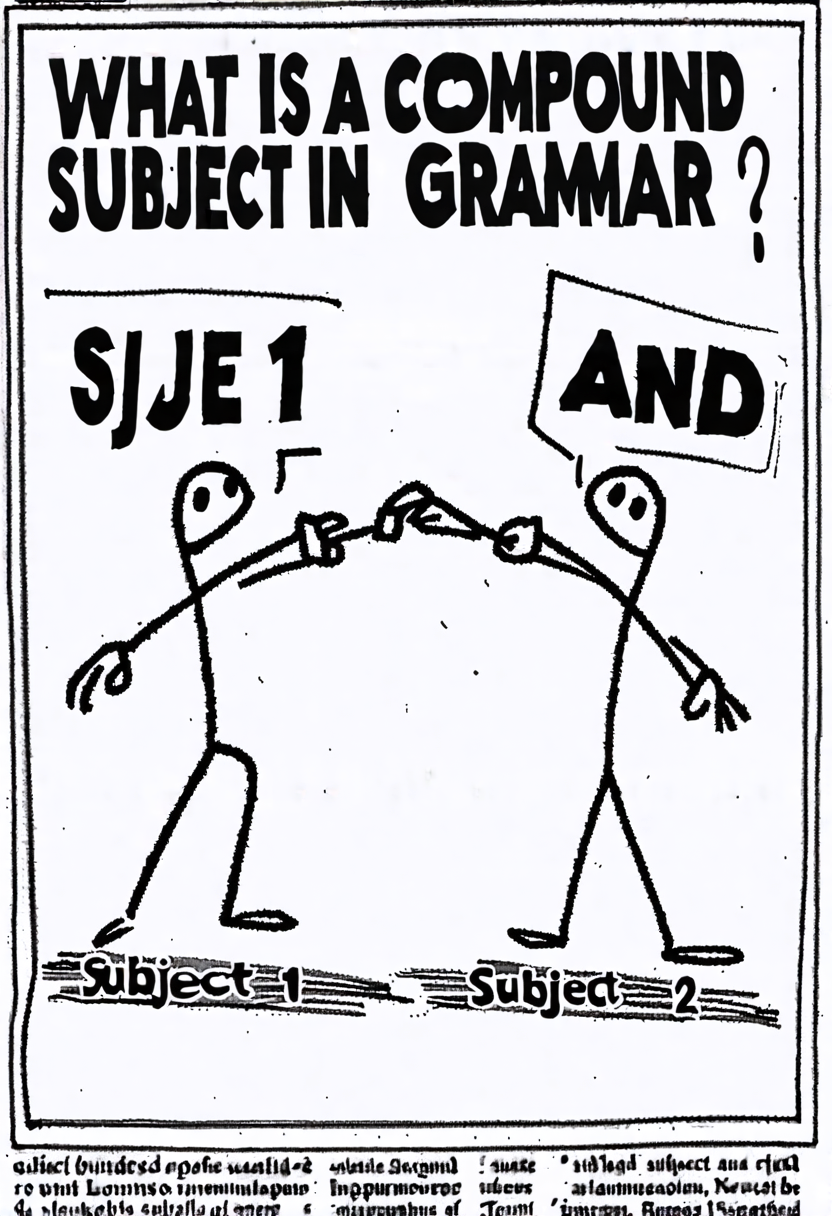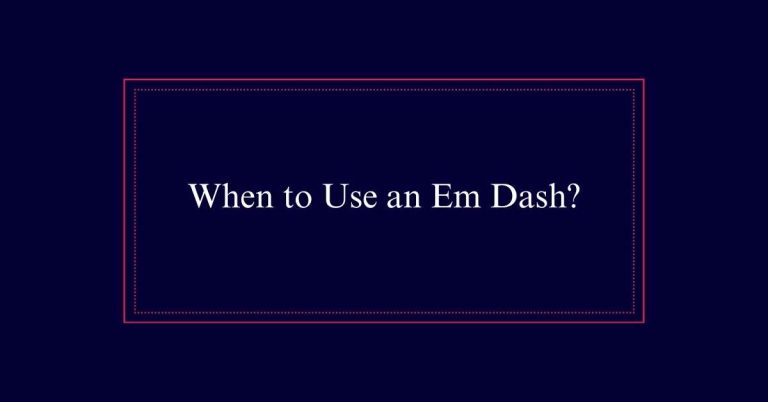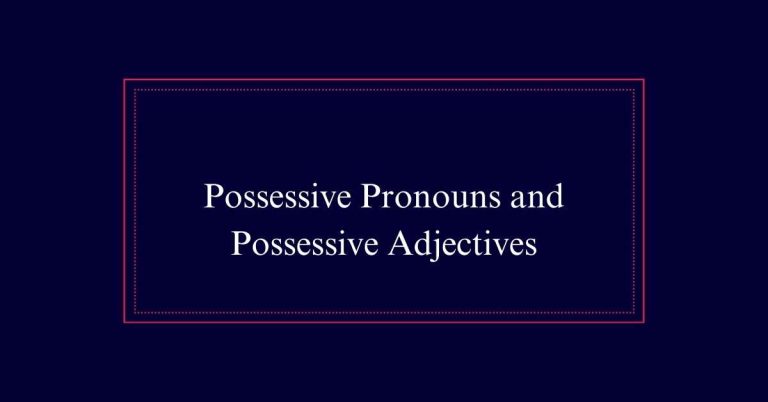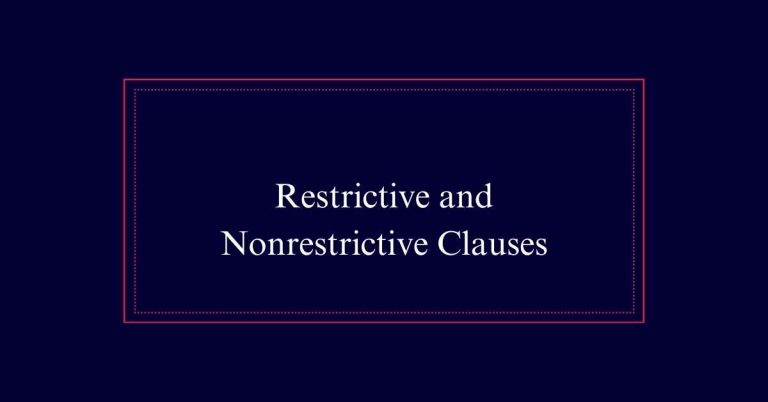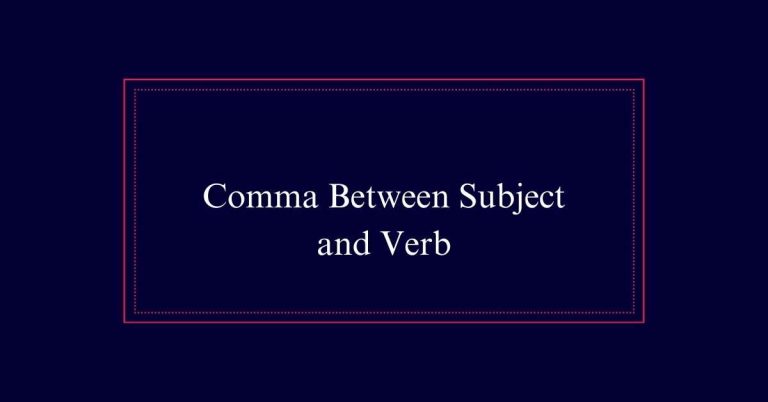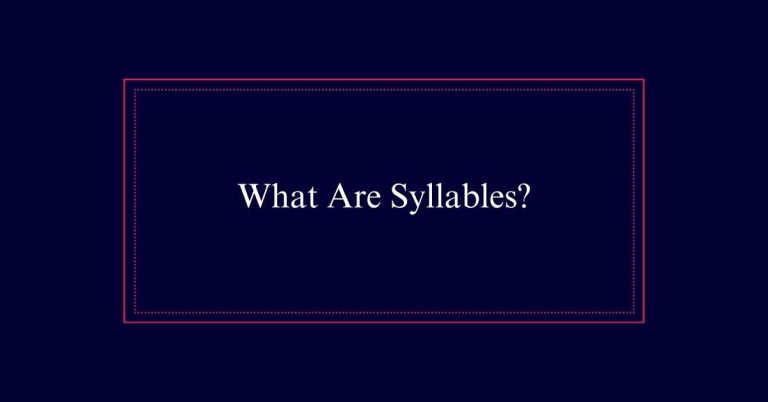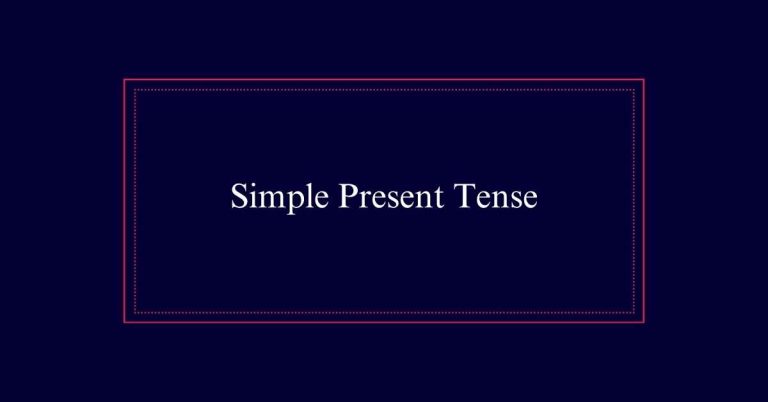What Is a Compound Subject in Grammar?
A compound subject in grammar consists of two or more nouns, pronouns, or noun phrases that collectively perform the action of the verb. These elements are usually connected by coordinating conjunctions like ‘and,’ ‘or,’ or ‘nor.’
For example, in the sentence “Tom and Jerry are friends,” both ‘Tom’ and ‘Jerry’ form a compound subject. Compound subjects help clarify that multiple entities are involved in the action described by the verb. They can be simple or complex, enhancing sentence detail and reducing ambiguity.
Definition of Compound Subject
A compound subject, in grammar, frequently consists of two or more nouns, pronouns, or noun phrases that act together as the subject of a sentence. These elements work collectively to perform the action or state described by the verb.
For example, in the sentence ‘Jack and Jill went up the hill,’ both ‘Jack’ and ‘Jill’ are part of the compound subject. Compound subjects can be simple, containing just the basic elements, or more complex, involving phrases. They are used to convey that multiple entities are involved in the action.
Coordinating Conjunctions
Coordinating conjunctions are words that connect the elements of a compound subject, ensuring they function together within a sentence. The most common coordinating conjunctions are ‘and,’ ‘or,’ and ‘nor.’ These words help link two or more nouns, pronouns, or noun phrases to form a single, cohesive subject.
For example, in the sentence ‘Jack and Jill went up the hill,’ the conjunction ‘and’ joins ‘Jack’ and ‘Jill’ to create a compound subject. Similarly, ‘or’ and ‘nor’ connect elements to offer alternatives or exclusions, as in ‘Neither Mia nor Ben was available.’
Simple Subjects Explained
Simple subjects consist of a single noun, pronoun, or noun phrase that performs the action or is described in a sentence. They are the core component of a subject, representing the main entity involved.
For example, in the sentence ‘The dog barks,’ the word ‘dog’ is the simple subject. Simple subjects can also be pronouns, such as ‘He runs fast,’ where ‘He’ is the simple subject.
The clarity offered by simple subjects is crucial to understanding and constructing sentences. They guarantee that the main action is linked directly to the performer.
Examples of Compound Subjects
How can compound subjects clarify who is performing an action in a sentence?
Compound subjects provide clarity by combining multiple nouns, pronouns, or noun phrases into one subject, indicating that they share the action. For example, in ‘Jack and Jill went up the hill,’ both Jack and Jill perform the action of going up the hill.
Similarly, ‘Neither Mia nor Ben likes spinach’ shows that both Mia and Ben dislike spinach. Compound subjects help avoid ambiguity and make sentences more precise.
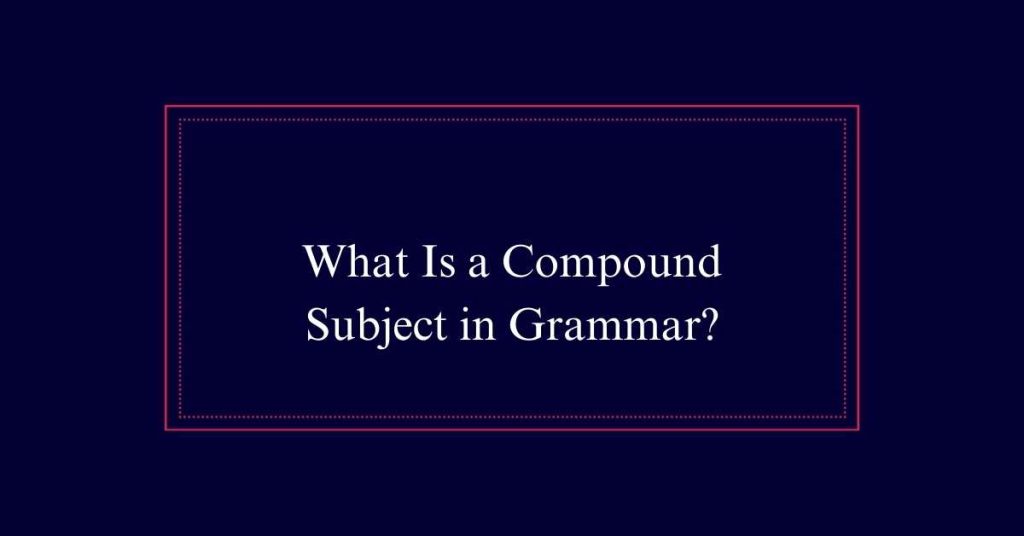
Other examples include ‘The cat and the dog are sleeping’ and ‘Both the teacher and the students were excited.’
Usage in Sentences
In various sentence structures, compound subjects effectively convey that multiple entities are performing the same action. For instance, in the sentence ‘The cat and the dog play in the yard,’ both subjects, ‘cat’ and ‘dog,’ are engaged in a shared activity.
Compound subjects can appear in simple, compound, complex, and compound-complex sentences. They help to describe scenarios involving more than one noun or pronoun. In another example, ‘Neither the teacher nor the students understood the assignment,’ the compound subject emphasizes shared confusion.
Whether the subjects are singular, plural, or mixed, compound subjects enhance the sentence by attributing an action to multiple entities. This usage aids in creating more detailed and dynamic sentences.
Subject-Verb Agreement
Maintaining subject-verb agreement with compound subjects can sometimes be challenging. The verb must match the subject in both number and person.
When compound subjects are joined by ‘and,’ they typically necessitate a plural verb. For example, ‘The cat and the dog are friendly.’ However, when the compound subject represents a single entity, a singular verb is used, as in ‘Macaroni and cheese is delicious.’
With compound subjects joined by ‘or’ or ‘nor,’ the verb should agree with the subject closest to it. For instance, ‘Neither the manager nor the employees are available,’ but ‘Neither the employees nor the manager is available.’
Singular and Plural Forms
Understanding the singular and plural forms in compound subjects is essential for proper subject-verb agreement. A compound subject joined by ‘and’ is usually plural, necessitating a plural verb. For example, ‘The cat and the dog are playing.’
However, if the compound subject represents a single entity or concept, a singular verb is used, as in, ‘Macaroni and cheese is a popular dish.’ When the compound subject is joined by ‘or’ or ‘nor,’ the verb must agree with the nearest subject. For instance, ‘Neither the teacher nor the students are ready,’ but ‘Neither the students nor the teacher is ready.’
Compound Subjects With ‘And’
Compound subjects with ‘and’ usually require a plural verb form. This is because ‘and’ combines two or more subjects into a group that performs the action together.
For example, in the sentence ‘The cat and the dog are playing,’ the plural verb ‘are’ agrees with the compound subject ‘the cat and the dog.’
However, there are exceptions when the subjects together form a single entity or idea. In such cases, a singular verb is used.
For instance, ‘Spaghetti and meatballs is my favorite dish’ uses the singular verb ‘is’ because it refers to one dish.
Compound Subjects With ‘Nor’
How does subject-verb agreement change when using ‘nor’ in compound subjects?
When ‘nor’ connects elements in a compound subject, the verb must agree with the nearest subject. This rule guarantees correct subject-verb agreement, maintaining grammatical accuracy.
- Singular and Plural Elements: If the nearest subject is singular, use a singular verb. If plural, use a plural verb.
- Consistent Agreement: Both subjects singular or both plural simplifies agreement.
- Mixed Subjects: Agreement follows the closest subject.
- Examples: ‘Neither the cat nor the dogs were outside.’ ‘Neither the students nor the teacher is ready.’
- Complex Sentences: Maintain clarity by ensuring the verb matches the closest subject, even in longer sentences.
Common Misleading Phrases
Often, misleading phrases like ‘along with,’ ‘as well as,’ and ‘in addition to’ can confuse subject-verb agreement. These phrases do not form compound subjects. Instead, they act as modifiers to the main subject.
For instance, in ‘The teacher, along with the students, is attending the seminar,’ ‘the teacher’ is the singular subject, and ‘is’ is the verb. The phrase ‘along with the students’ is merely additional information. Using a plural verb here would be incorrect.
Similarly, ‘The CEO, as well as the board members, approves the plan’ should have a singular verb because the main subject is singular. Understanding this helps in maintaining proper grammatical structure in sentences.
Frequently Asked Questions
How Do Compound Subjects Affect Sentence Rhythm and Flow?
Compound subjects add complexity and variety to sentences, affecting rhythm and flow. They can create emphasis, highlight relationships between subjects, and alter pacing. Properly balanced, they enhance readability and maintain grammatical coherence.
Can Compound Subjects Include Proper Nouns and Common Nouns Together?
Yes, compound subjects can include both proper nouns and common nouns together. For example, “Sarah and the dog” or “London and other cities” demonstrate how both types can act jointly as the subject of a sentence.
What Are the Punctuation Rules for Compound Subjects in a Series?
For compound subjects in a series, use commas to separate each element. Place a coordinating conjunction like ‘and’ or ‘or’ before the last element. Example: “Cats, dogs, and birds are common pets.”
